17th century
Artworks 101 to 110 of 127:
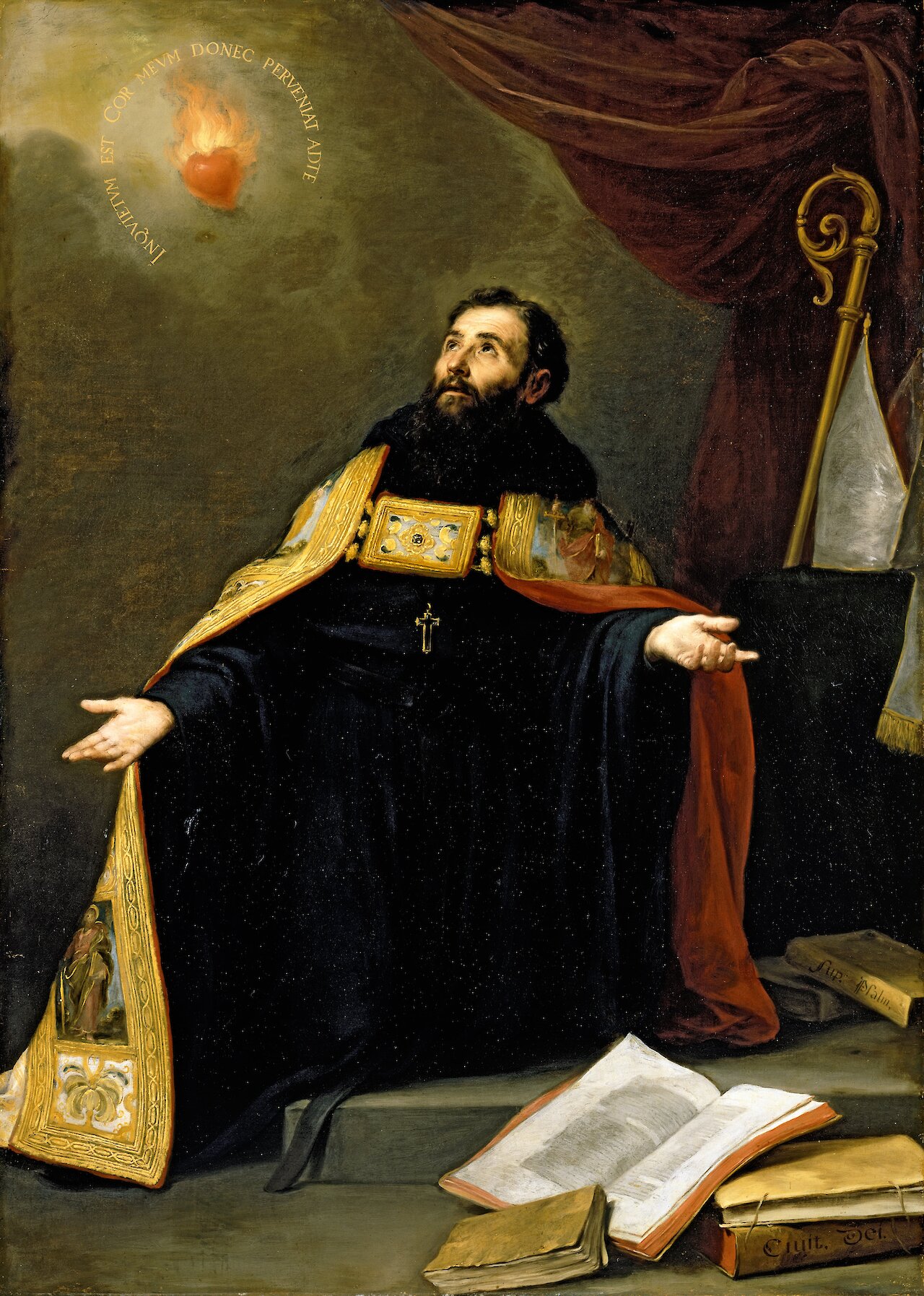
Saint Augustine in Ecstasy
by Bartolomé Esteban Murillo, 1665–1675
- Medium
- Oil on canvas
- Dimensions
- 194.3 x 139.7 cm (76 1/2 x 55 in.)
- Credits
- Gift of Richard and Elizabeth Hedreen, in honor of the 75th Anniversary of the Seattle Art Museum
- Location
- Seattle Art Museum
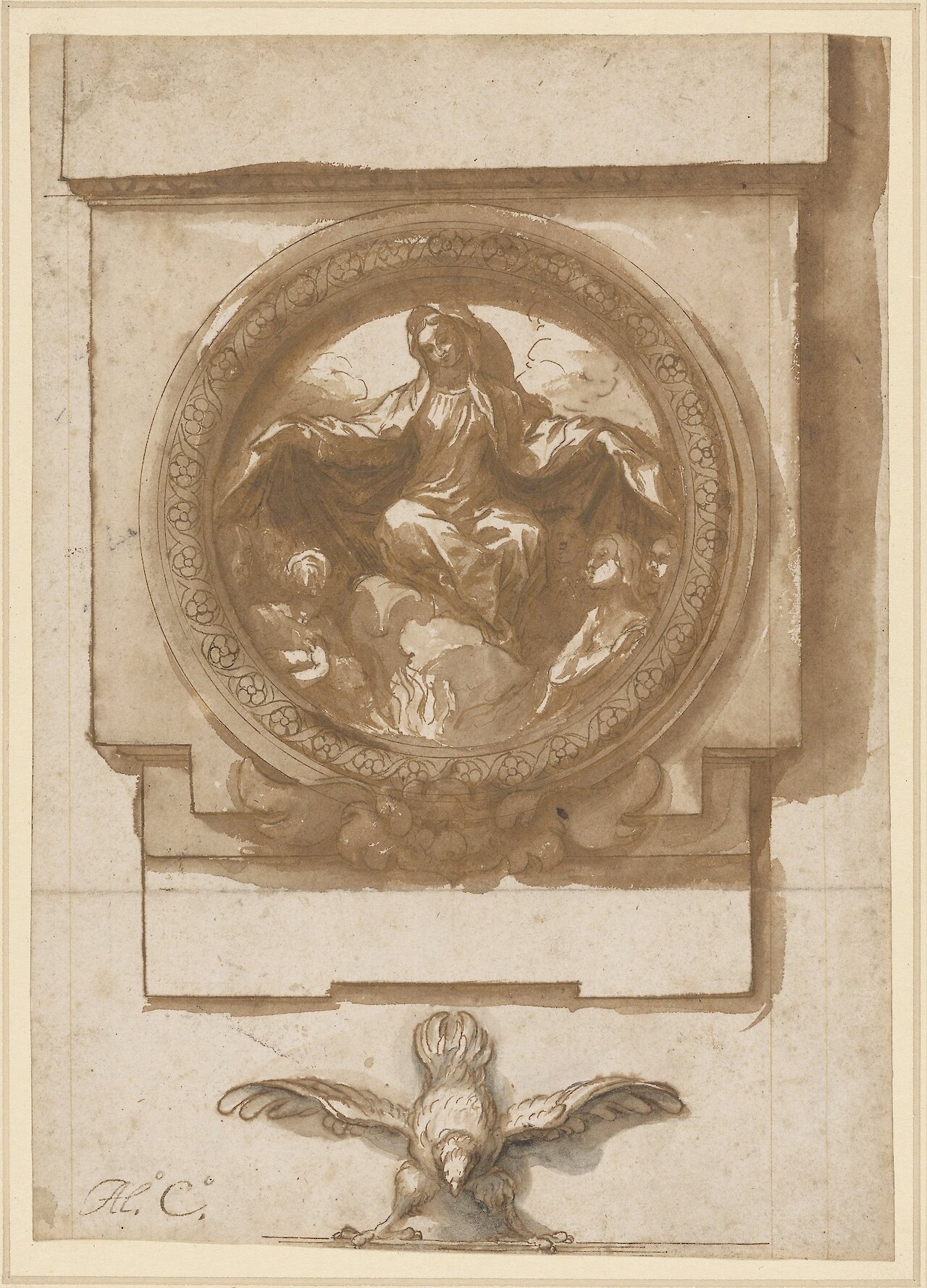
The Virgin of Mercy in a Trompe l'Oeil Architectural Surround with an Eagle below
by Alonso Cano, circa 1667
- Medium
- Pen and brown ink and wash over black chalk on laid paper
- Dimensions
- 8 7/8 x 6 3/8 in.
- Credits
- The Morgan Library & Museum, Purchased on the Fellows Fund with the special assistance of Mrs. James J. Rorimer. Photography by Graham S. Haber.
- Location
- Morgan Library & Museum
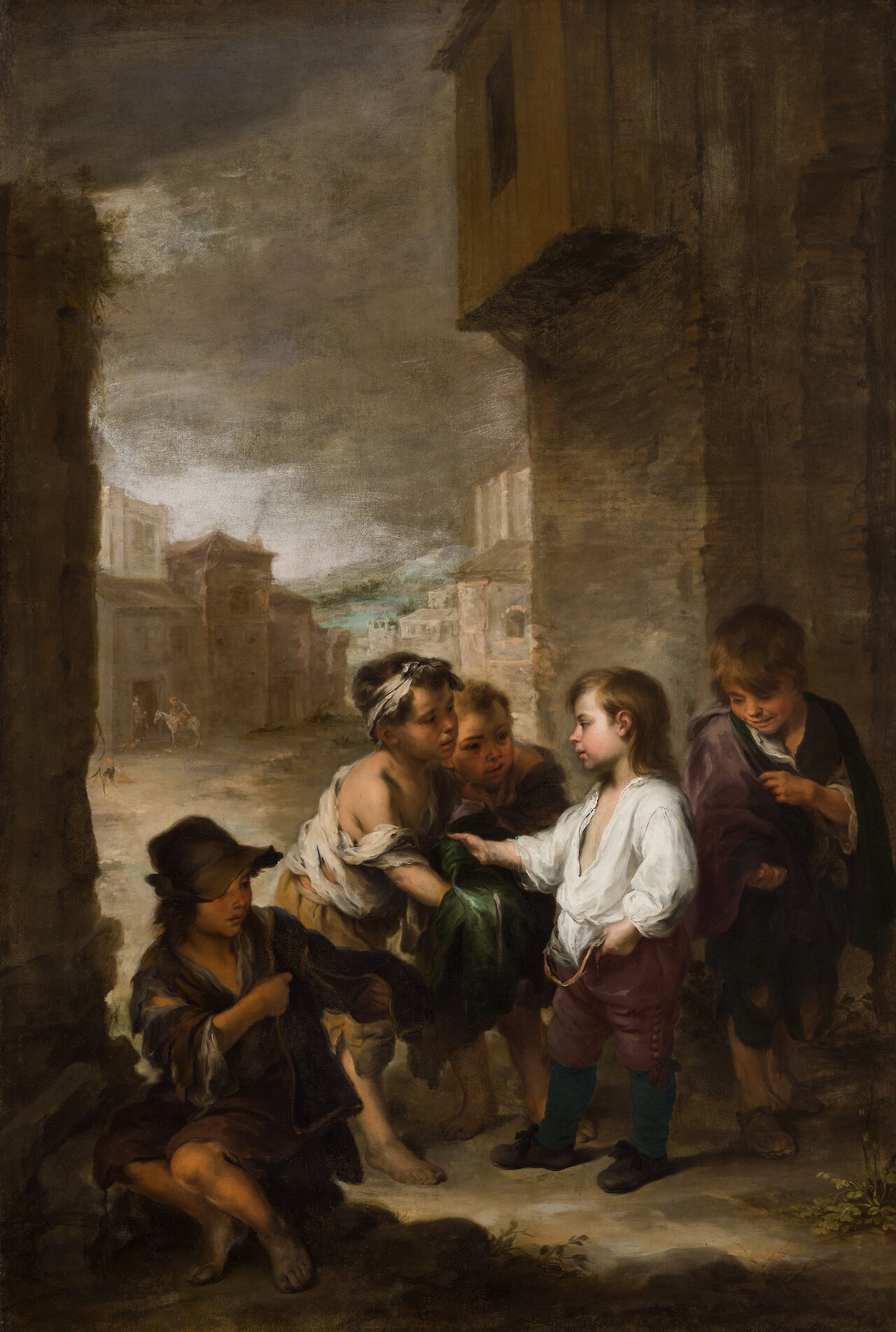
Saint Thomas of Villanueva Dividing His Clothes Among Beggar Boys
by Bartolomé Esteban Murillo, circa 1667
- Medium
- Oil on canvas
- Dimensions
- 86 1/2 x 58 3/4 in. (219.7 x 149.2 cm)
- Credits
- Cincinnati Art Museum. Bequest of Mary M. Emery.
- Location
- Cincinnati Art Museum
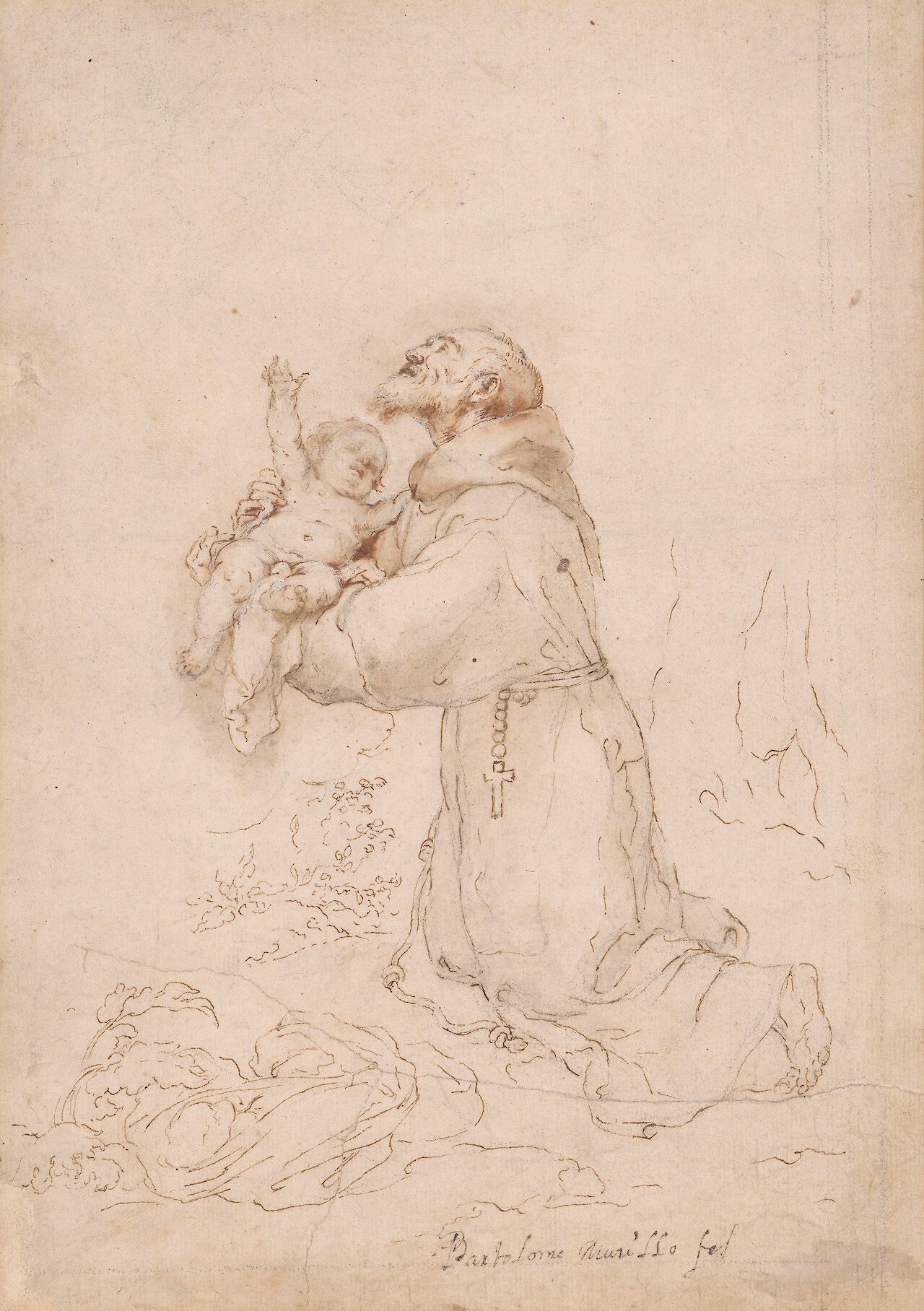
St. Felix of Cantalice Holding the Christ Child
by Bartolomé Esteban Murillo, circa 1668–1669
- Medium
- Pen and brown ink and wash, lead white opaque watercolor, over black chalk, on laid paper
- Dimensions
- 13 x 9 1/8 in.
- Credits
- The Morgan Library & Museum. Photography by Janny Chiu.
- Location
- Morgan Library & Museum
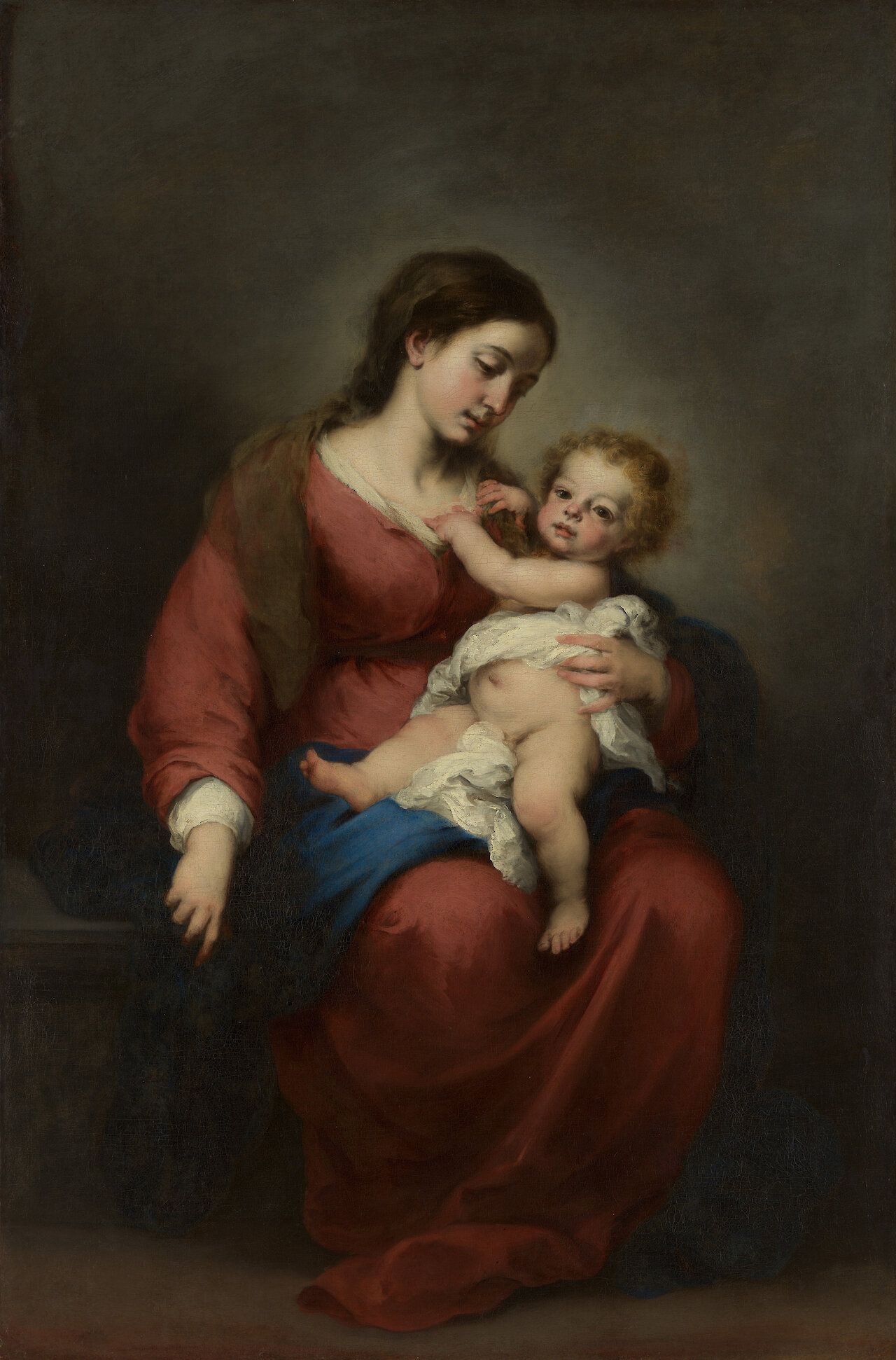
Virgin and Child
by Bartolomé Esteban Murillo, circa 1670
- Medium
- Oil on canvas
- Dimensions
- 65 1/4 x 43 in (165.7 x 109.2 cm)
- Credits
- Rogers Fund, 1943.
- Notes
1670s
- Location
- The Metropolitan Museum of Art (The Met)
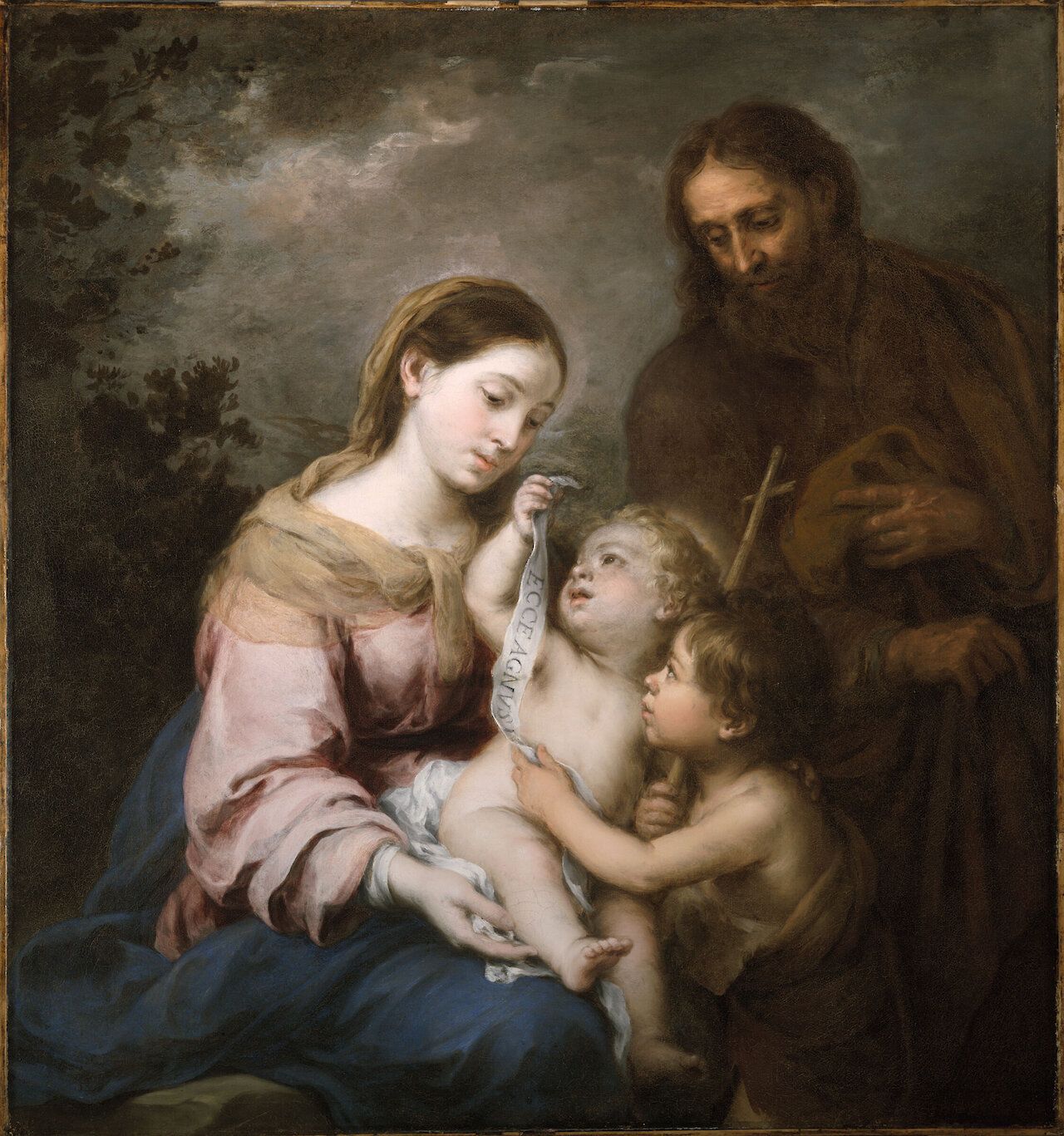
Holy Family with Infant Saint John
by Bartolomé Esteban Murillo, circa 1670
- Medium
- Oil on canvas
- Dimensions
- 120 x 110.5 cm
- Credits
- Harvard Art Museums/Fogg Museum, Bequest of Nettie G. Naumburg
- Location
- Harvard Art Museums
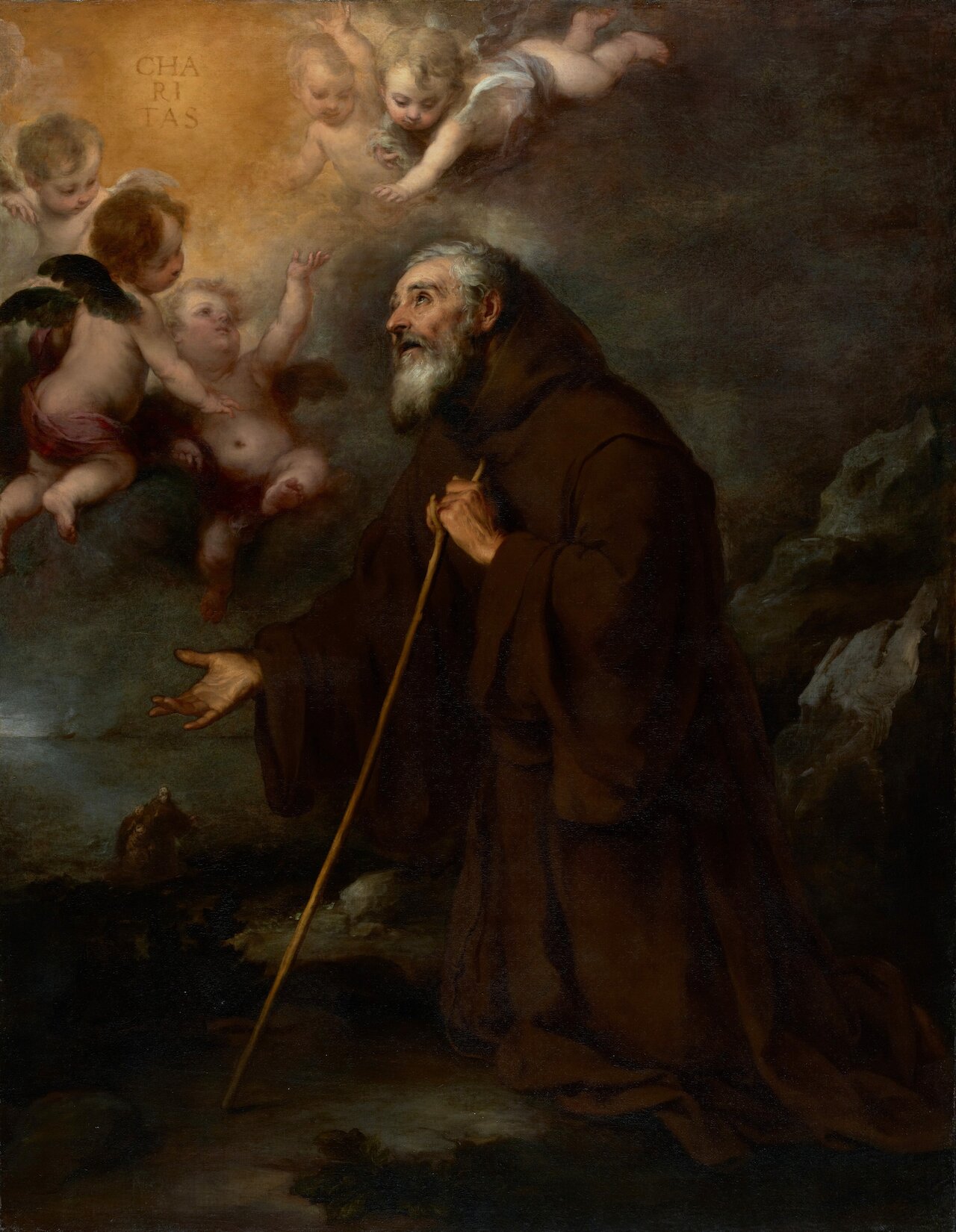
The Vision of Saint Francis of Paola
by Bartolomé Esteban Murillo, circa 1670
- Medium
- Oil on canvas
- Dimensions
- Unframed: 188 × 146 cm (74 × 57 1/2 in); framed: 220.3 × 177.8 × 15.9 cm (86 3/4 × 70 × 6 1/4 in)
- Notes
This painting depicts the heavenly vision of Saint Francis of Paola (1416–1507), founder of the Order of Minims, a religious order committed to perpetual abstinence and acts of humility. The saint experiences a vision in which the word “Charitas” (meaning Charity) appears in an aureole of golden light, accompanied by cherubs. The word became the motto of the Minims, and appears on the order’s heraldic crest.
In the background, the saint appears again standing on a shore with two kneeling companions. This scene in the distance refers to a miracle in which Francis calmed a stormy sea and ferried the men across the Straits of Messina on his cloak after they had been refused passage on a ship.
The subject of the painting should not be considered simply in terms of its visionary and narrative elements, but as a representation of faith itself as embodied by Saint Francis of Paola. Elderly and bearded, he is humbly dressed and appears to bear the weight of his calling on his slender walking staff. He gazes at the message borne aloft by the heavenly host with a look of reverent awe and dutiful acceptance. The simplicity of setting, sober tonality, loose brushwork, and harmony of both material and divine presence, are all consistent with Murillo's late style and help to convey a scene of passionate spiritual appeal.
- Location
- J. Paul Getty Museum
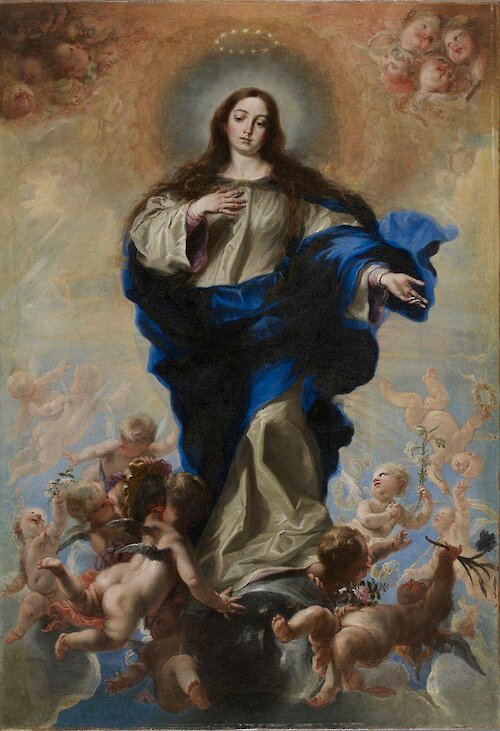
The Immaculate Conception
by Juan Carreño de Miranda, 1670
- Medium
- Oil on canvas
- Dimensions
- 211 x 145 cm (83 1/16 x 57 1/16 in.)
- Credits
- Presented to the Hispanic Society by Archer M. Huntington, 1908 Hispanic Society of America. All rights reserved
- Location
- Hispanic Society Museum and Library
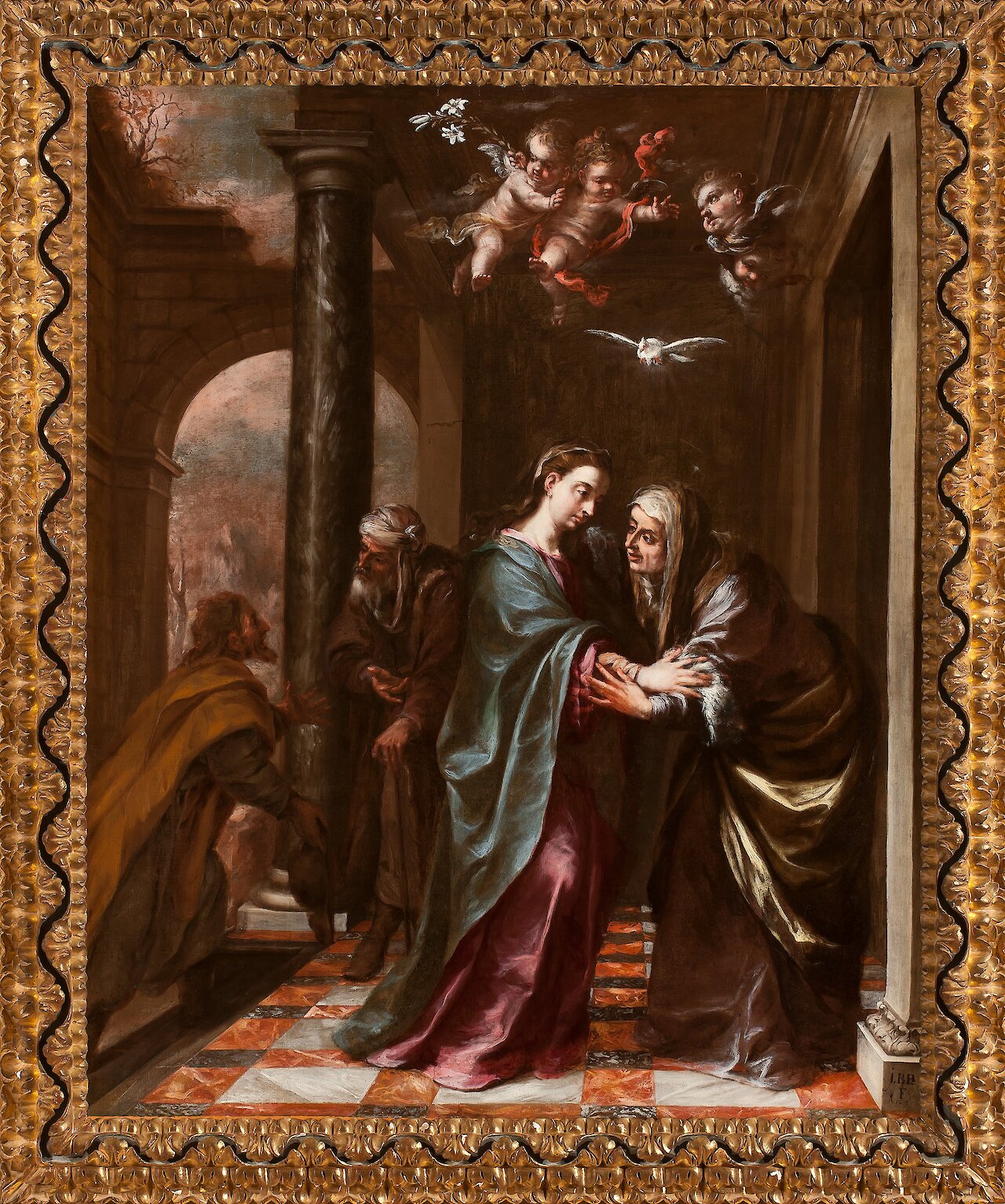
The Visitation
by Juan de Valdés Leal, 1673
- Medium
- Oil
- Dimensions
- 69 19/32 x 57 3/32 in (176.8 x 145 cm)
- Location
- San Diego Museum of Art
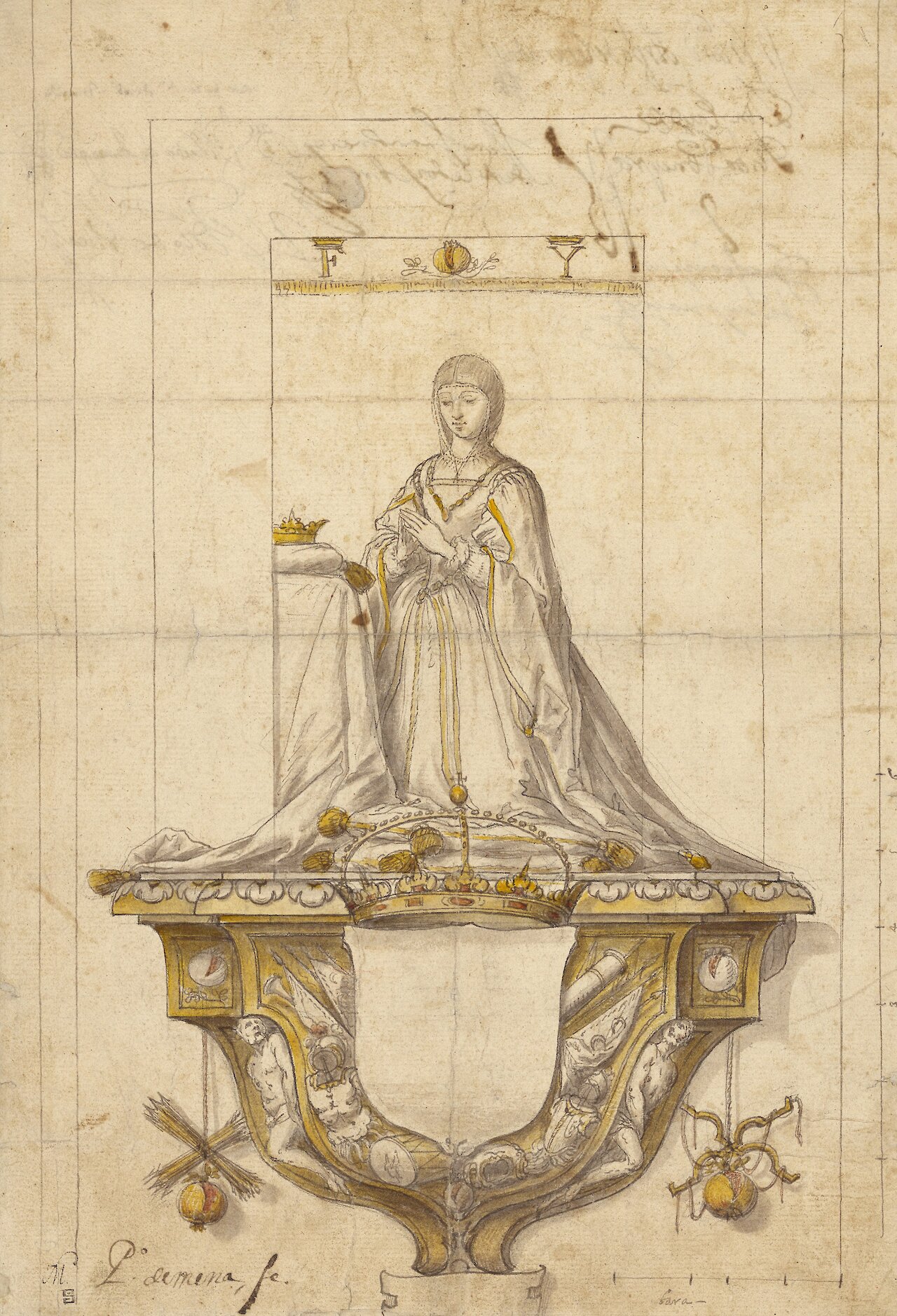
Study for a Statue of Queen Isabella
by Pedro de Mena, 1673–1673
- Medium
- Black chalk, pen and brown-gray ink, with yellow, gray and red wash
- Dimensions
- 34.4 × 23.3 cm (13 9/16 × 9 3/16 in)
- Notes
Before an altar with a crown on a large cushion, Queen Isabella the Catholic kneels in silent prayer. She kneels atop an ornate bracket with an empty escutcheon and a large crown in the center, flanked by various emblems and trophies including pomegranates, flags, suits of armor, and two nude men.
The study gives enough careful detail to allow a stone carver to accurately reproduce this proposed design for a polychrome marble statue of the Spanish queen. The calibrations, numbered one to six along the right side of the sheet, would have allowed another craftsman to judge the scale of the work. The careful shading down the right edge of the bracket and around the emblems that hang from it suggests that these areas should project further forward than the top portion of the design. The rectangular frame around the queen represents a shallow niche.
Pedro de Mena y Medrano produced the design for a statue for the main chapel of the cathedral of Granada. A pendant statue portrays Isabella's husband, Ferdinand II of Aragon, who kneels opposite her. So popular were the two statues that they were copied for another cathedral, in Málaga.
- Location
- J. Paul Getty Museum